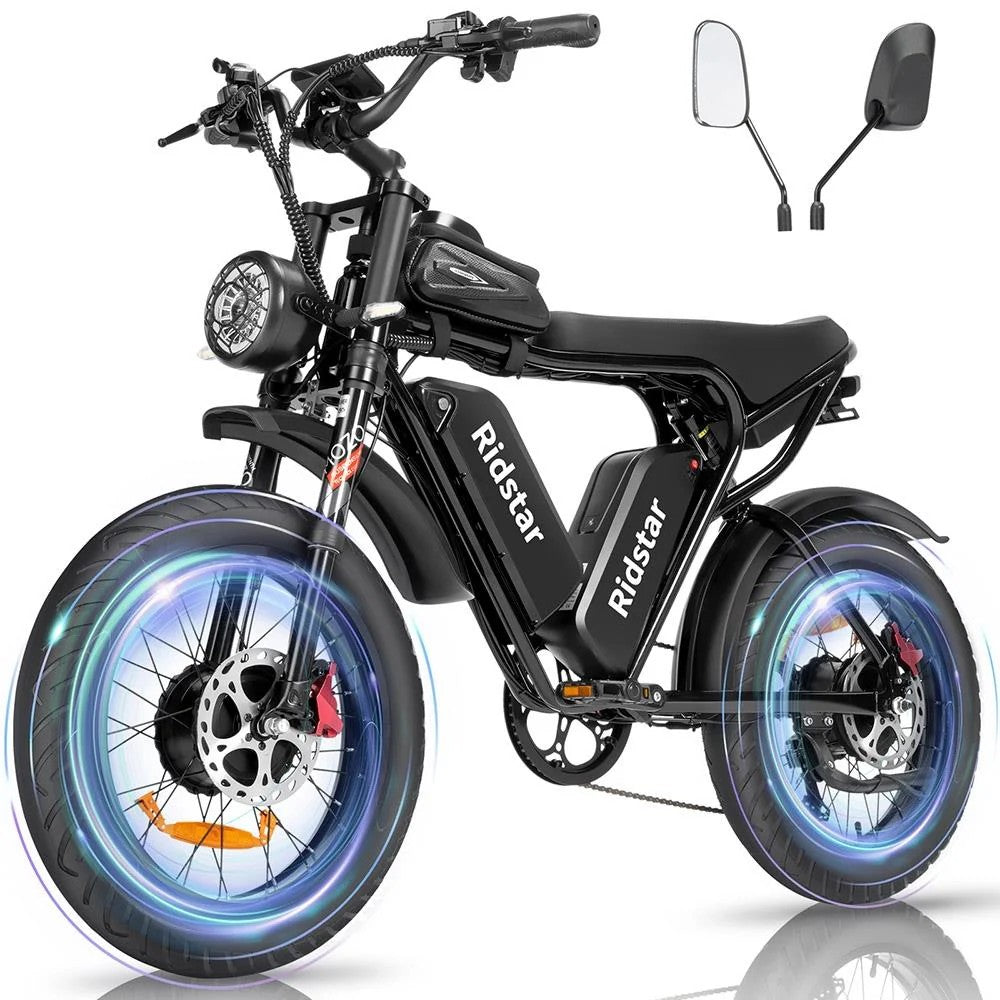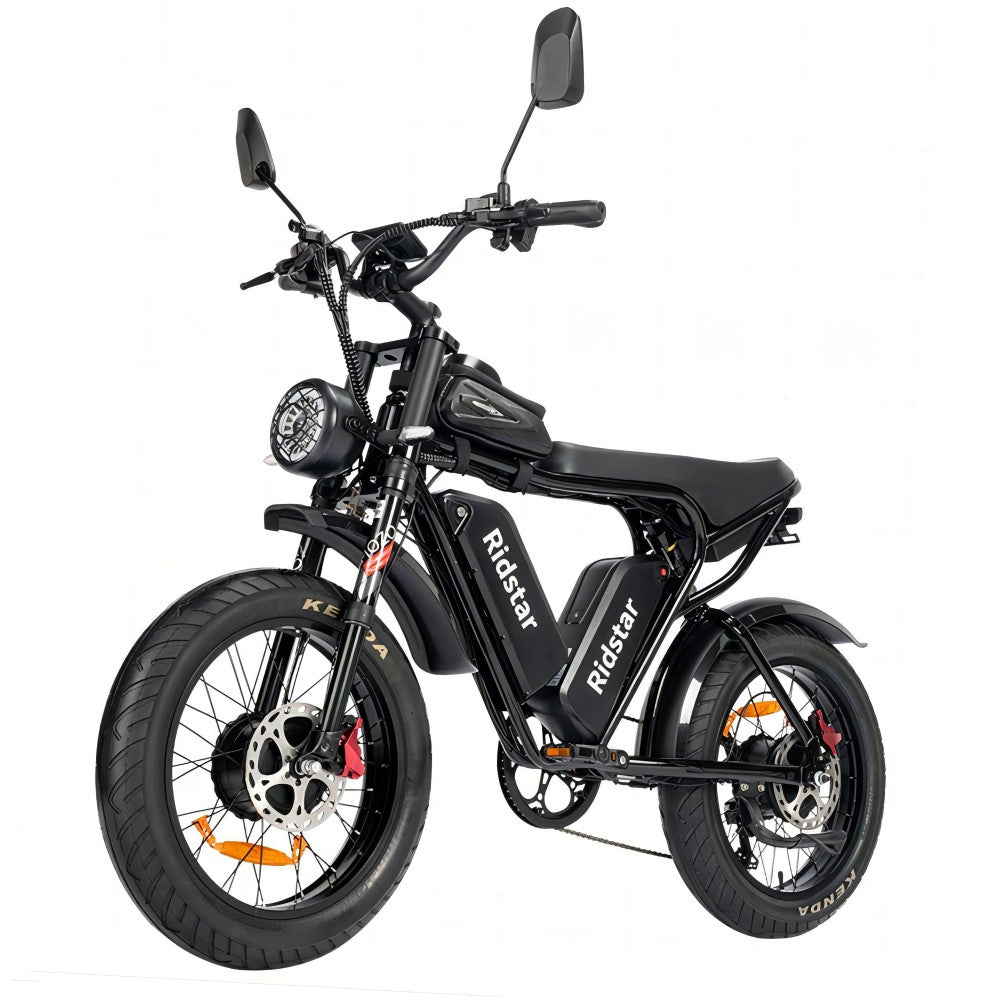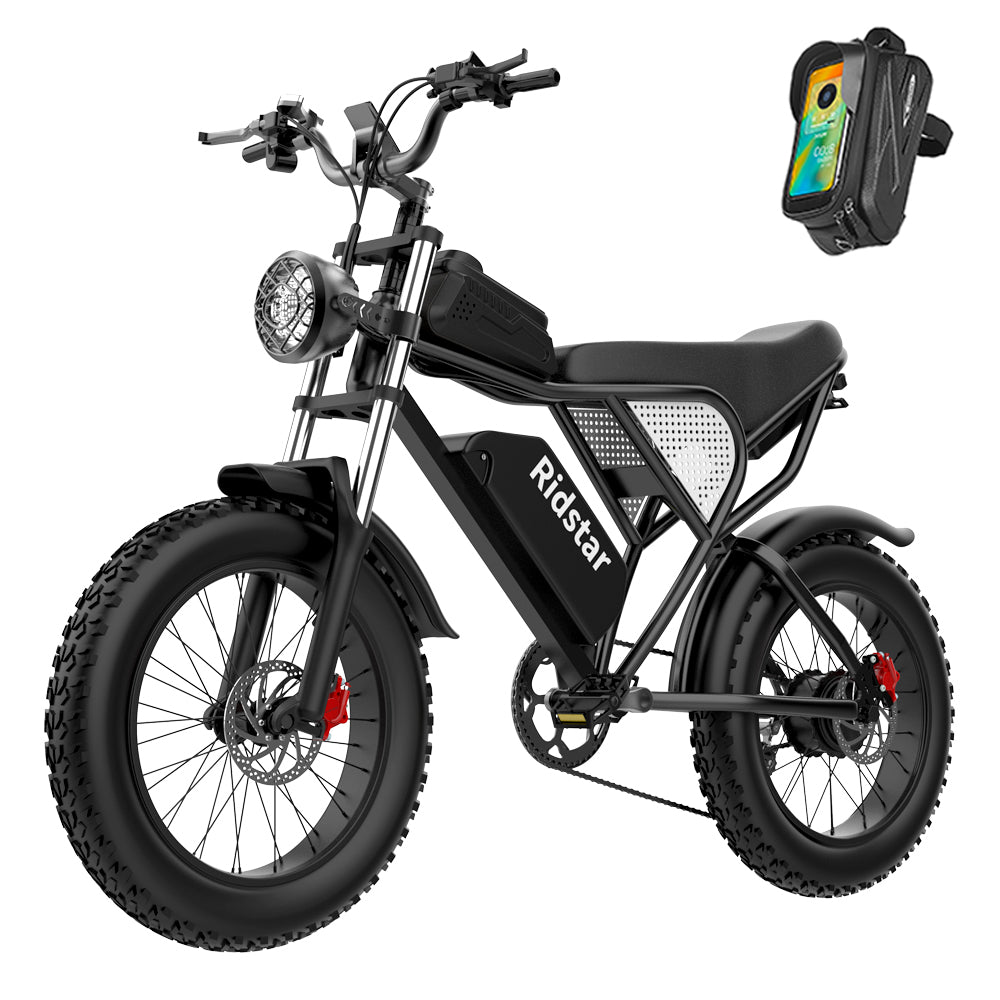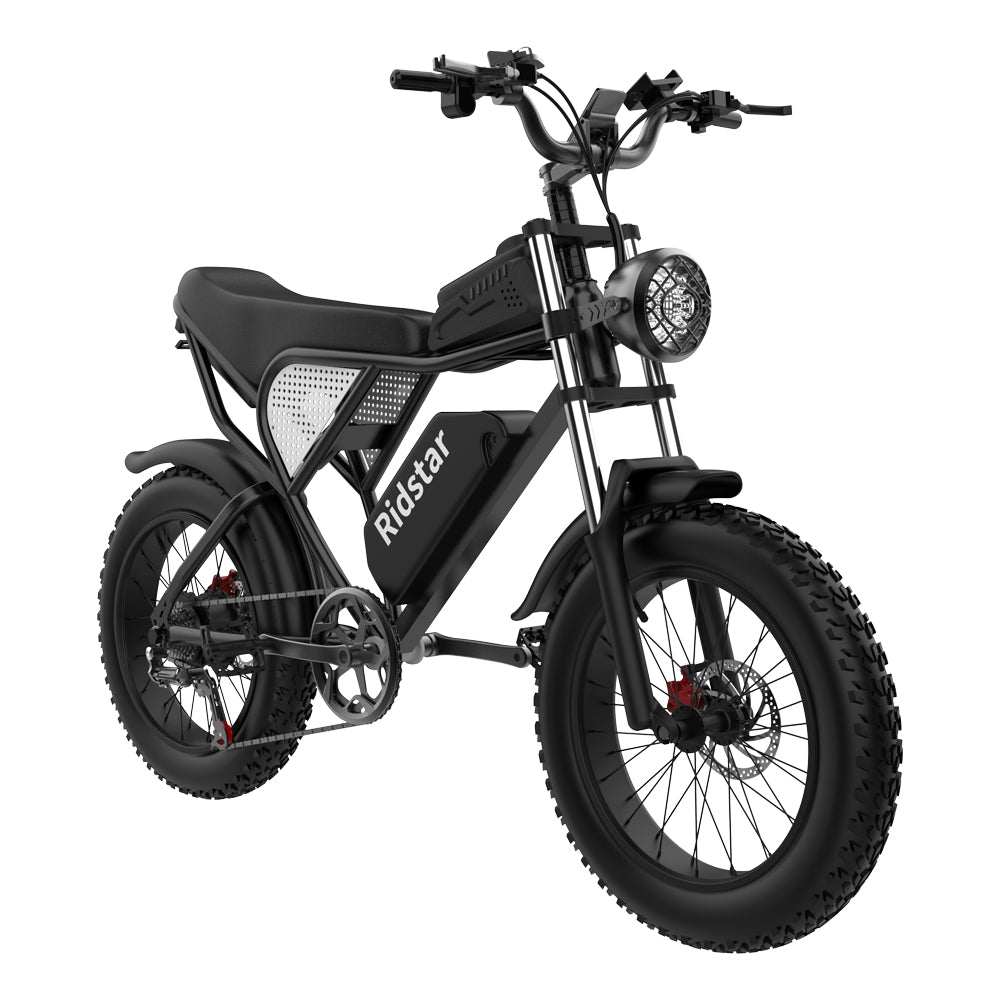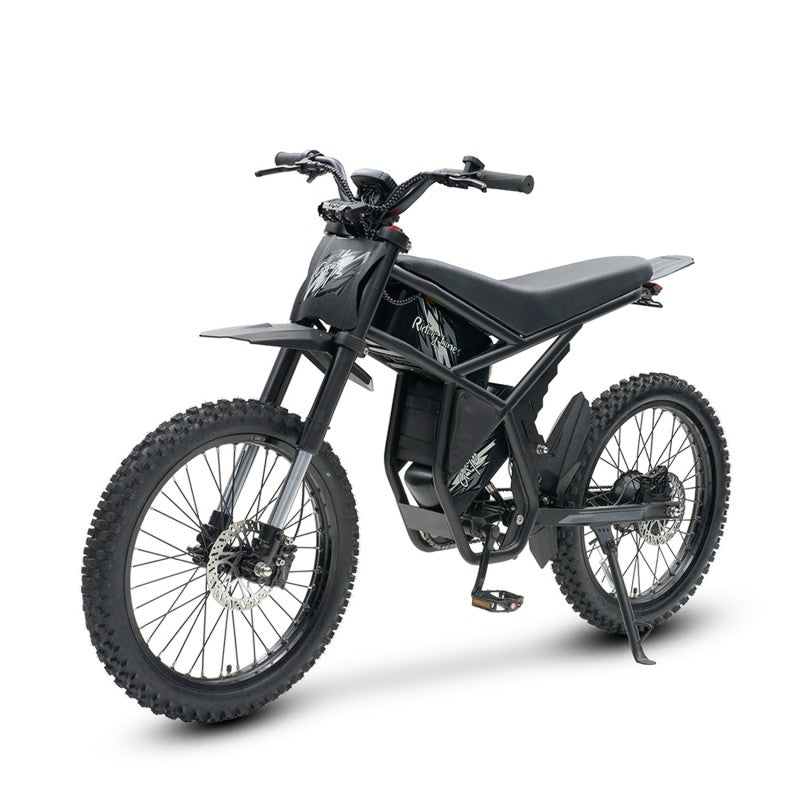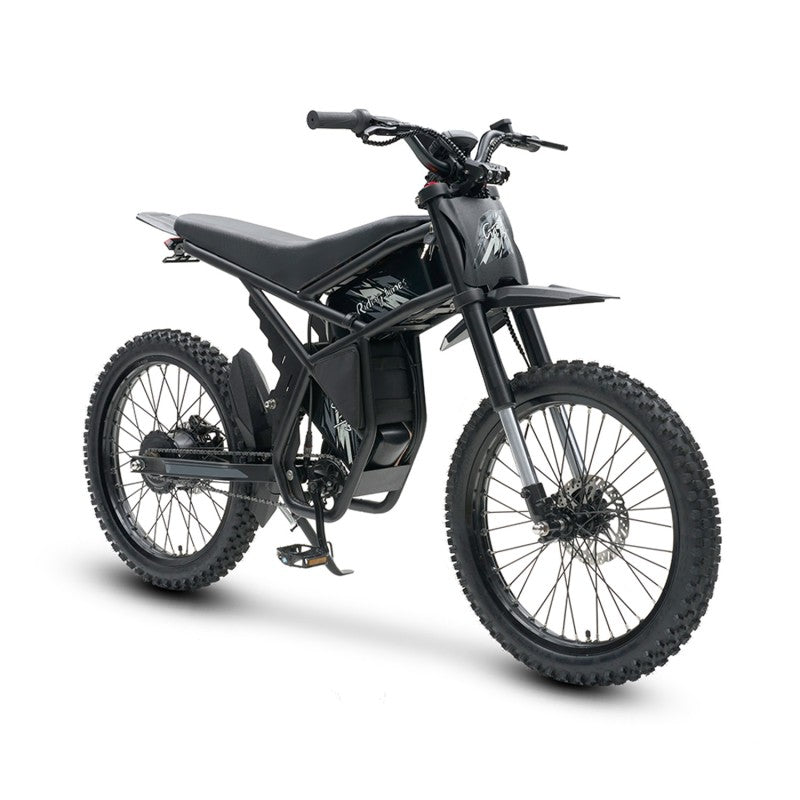10 Essential Tips to Ride E‑Bike Legally in Poland in 2025
Electric bikes, or e‑bikes, are thriving in Poland’s cycling boom. Whether you're commuting or touring, here’s how to ride legally and safely in 2025.
1. What Counts as an E‑Bike in Poland
Under EU regulations, adopted by Poland:
-
Pedelecs (Derived from Pedal Electric Cycle, which means a type of cycle that requires pedaling to provide assistance) assist pedal power only up to 25 km/h with motor ≤250 W. They're legally treated like regular bicycles.
-
S‑Pedelecs (Speed Pedelec) and throttle-powered models exceed 25 km/h and are classed as mopeds or light motorcycles.
These definitions determine licensing, registration, and where you can ride.
2. Registering Your E‑Bike
-
Standard pedelecs (≤25 km/h) do not require registration or plates—just ride them like bicycles.
-
If your e‑bike exceeds those limits (i.e. S‑Pedelec), it must be registered as a moped. That involves getting registration plates and insurance.
3. License & Insurance Requirements
-
No driving license is needed for pedelecs.
-
For S‑Pedelecs, you need an AM moped license (Polish or EU equivalent) and third-party liability insurance. A visible registration plate is mandatory.
4. Helmet and Safety Gear Guidelines
-
Helmets are mandatory for all riders under 18—strongly recommended for adults.
-
Always use front/rear lights and reflectors, especially after dark or in poor weather.
5. Where You Can Ride
-
Pedelecs share bike lanes, cycling paths, and parks with regular bikes.
-
S‑Pedelecs, classified as mopeds, are restricted to roads with speed ≥30 km/h; bike lanes are off-limits for these faster bikes.
6. Traffic Rules for E‑Bikes
-
E‑bikes obey standard right-of-way rules, like yielding at crosswalks.
-
Stick to speed limits: 25 km/h in city centers; up to 50 km/h on open roads with mopeds. Respect overtaking rules and no riding on sidewalks while overtaking pedestrians.
7. Parking and Storage Rules
-
Park pedelecs in public bicycle racks or private spaces. Don't block sidewalks or entrances.
-
To secure your e‑bike, use a U-lock and chain—battery theft is common, so remove or lock it when possible.
8. Cross‑Border Usage & International Rules
-
EU pedelec rules apply across member states—Polish-standard bikes are legal in Germany, Czechia, etc.
-
For S‑Pedelecs, check if the moped plates and insurance are recognized abroad. Arrange international breakdown coverage.
9. Maintenance & Technical Inspections
-
Normal pedelecs don’t need periodic inspections, but check lights, brakes, brakes sensors, tyre tread, and battery regularly.
-
S‑Pedelecs must undergo annual moped inspections at authorized centers.
10. Sustainable Riding and Incentives
-
Poland offers EU-funded subsidies for low‑emission transport; municipalities provide vouchers or rebates for e‑bikes.
-
E‑biking in cities reduces parking stress, noise, and emissions—plus, it’s healthy!
Frequently Asked Questions
-
Do I need lights on my e‑bike?
Yes—white front and red rear lights are legally required from dusk till dawn nationwide. -
Can I ride on sidewalks?
No—e‑bikes (even under 25 km/h) must stay off sidewalks, except children under 10. -
Is battery insurance required?
No, but optional bicycle-specific theft insurance is smart to avoid replacement costs. -
Can I modify my e‑bike to go faster?
Technically yes—but anything exceeding 25 km/h reclassifies it as a moped needing registration, license, and insurance. -
What if I get caught riding faster on a pedelec?
You could face a fine for illegal use. Always keep speeds and modifications within limits. -
Are there subsidies in 2025?
Yes, many Polish cities offer grants of 20–30% off e‑bike purchase prices as part of urban mobility programs.
Conclusion
Riding an e‑bike in Poland in 2025 is straightforward if you stick to the rules. Keep your bike within 25 km/h assisted limits, avoid unauthorized modifications, equip it properly, and follow the right traffic lanes. For faster e‑bikes, treat them as mopeds—get registered, insured, and ride responsibly.
By staying informed and cautious, you’ll enjoy the freedom, convenience, and environmental perks of e‑biking safely and legally.









